Find Help
More Items From Ergsy search
-
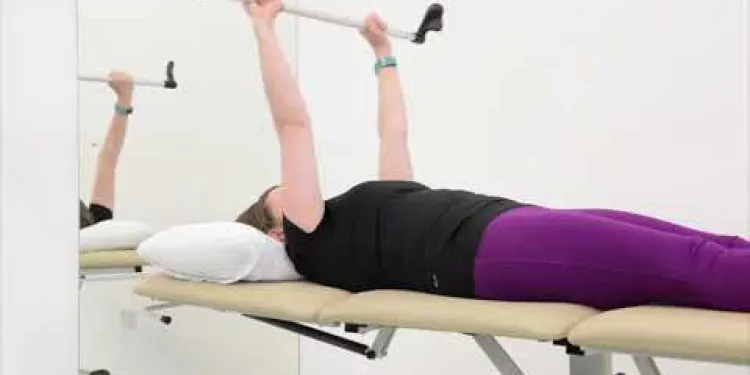
Frozen Shoulder Assisted Flexion
Relevance: 100%
-
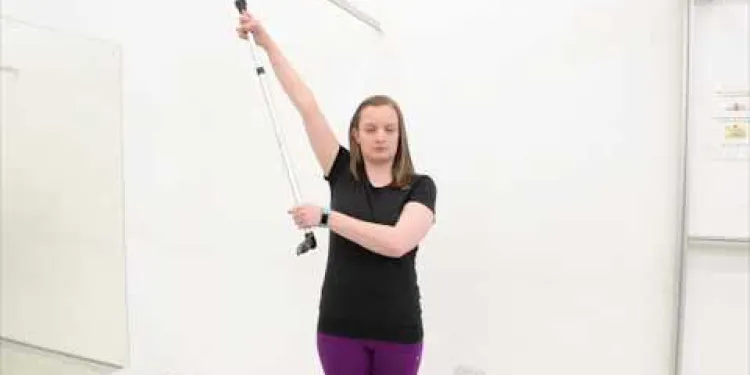
Frozen Shoulder Assisted Abduction
Relevance: 67%
-
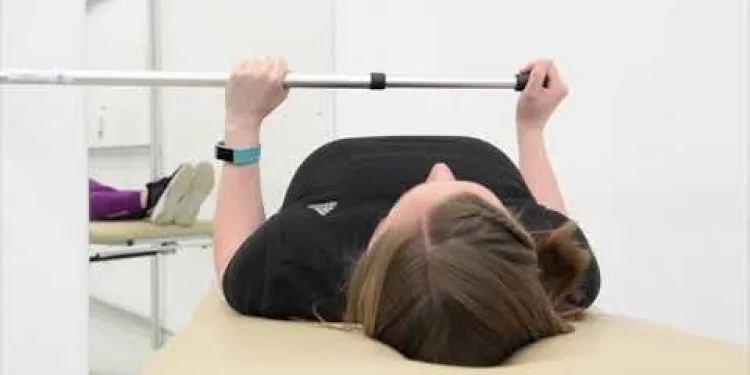
Frozen Shoulder Assisted Lateral Rotation
Relevance: 64%
-
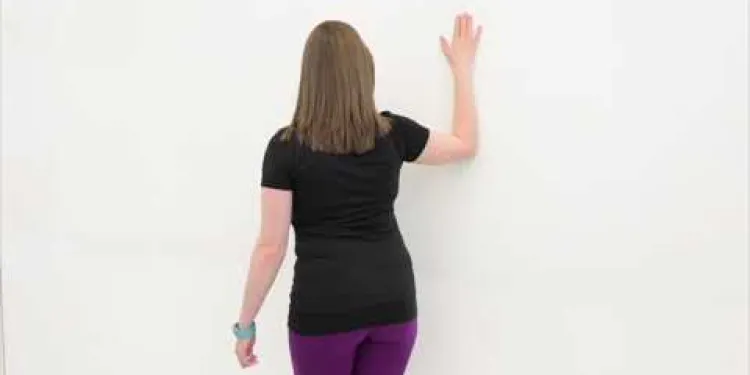
Frozen Shoulder Anterior Shoulder Stretch
Relevance: 53%
-

Frozen Shoulder Lateral Rotation
Relevance: 51%
-
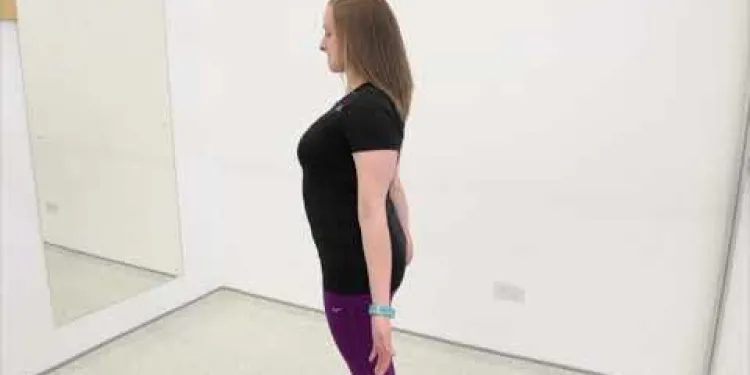
Frozen Shoulder Scapular Setting
Relevance: 51%
-
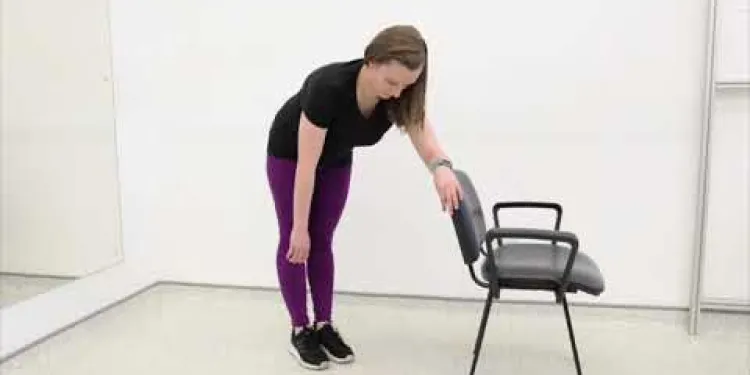
Frozen shoulder Pendular Exercises
Relevance: 50%
-
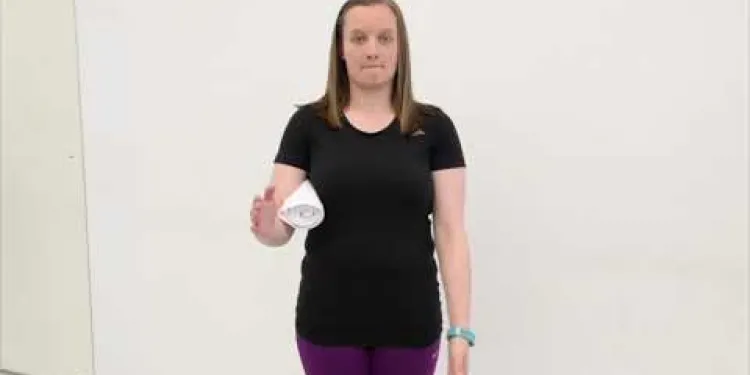
Frozen Shoulder Isometric External Rotation
Relevance: 47%
-
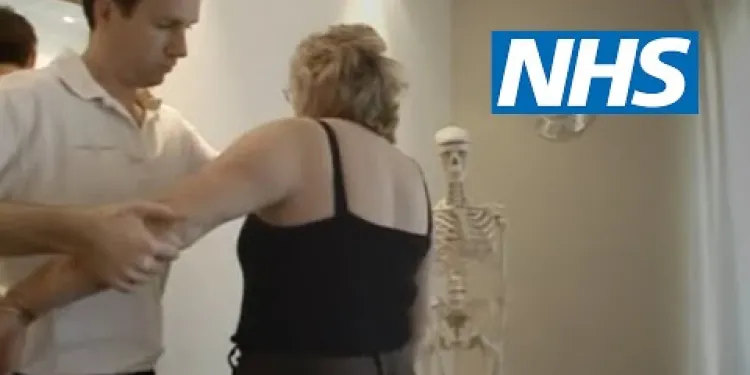
Shoulder pain | NHS
Relevance: 34%
-
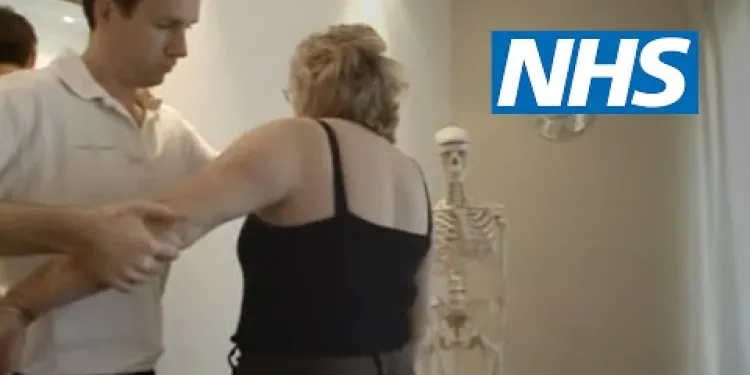
Shoulder pain | NHS
Relevance: 34%
-

Shoulder subacromial shoulder pain
Relevance: 29%
-
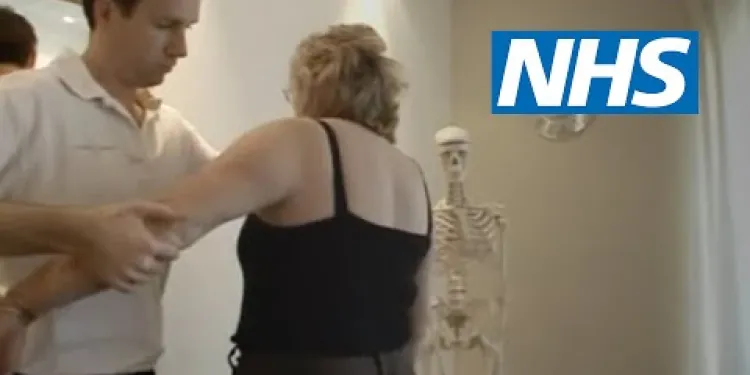
Shoulder pain | NHS
Relevance: 29%
-
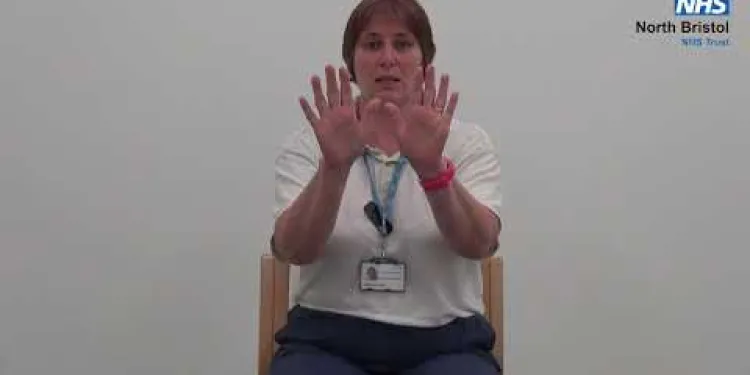
Shoulder Exercises 1
Relevance: 28%
-
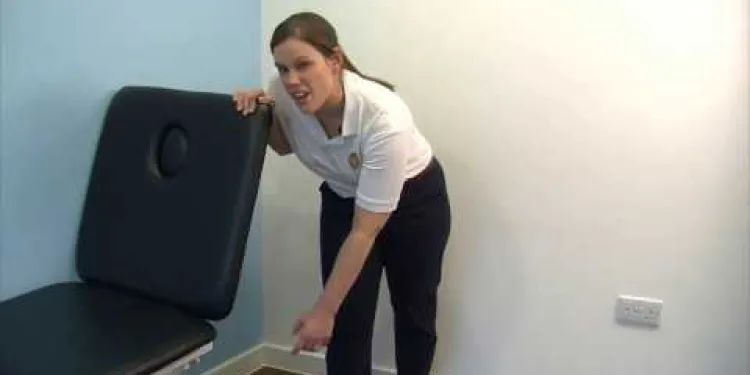
DBTH VFC DISLOCATED SHOULDER
Relevance: 27%
-

Unfreezing the Truth The UK's Frozen Pensions
Relevance: 25%
-

Is there assistance available for rent or mortgage payments?
Relevance: 16%
-

Do live-in caregivers assist with transportation?
Relevance: 15%
-

Can inmates access legal assistance?
Relevance: 15%
-

What legal assistance is available to seniors?
Relevance: 15%
-

Can community helpers receive financial assistance?
Relevance: 15%
-

Are there any financial assistance programs for mobility equipment?
Relevance: 14%
-

What housing assistance options are available for seniors?
Relevance: 14%
-

Are there any food assistance programs available for seniors?
Relevance: 14%
-

Is there a phone number I can call for assistance with my application?
Relevance: 14%
-

How can community helpers access emergency assistance?
Relevance: 14%
-

Are there specific vehicle features that assist older drivers?
Relevance: 14%
-

What assistive devices can help people with motor neurone disease?
Relevance: 13%
-

How can a property litigator assist in lease disputes?
Relevance: 12%
-

Is there any assistance for those who cannot work up to the new state pension age?
Relevance: 11%
-

What can I buy with Healthy Start vouchers?
Relevance: 10%
-

What types of blood products can be transfused?
Relevance: 9%
-

Do chiropractors only treat the spine?
Relevance: 9%
-

What is plasma, and why might it be transfused?
Relevance: 9%
-

What is the role of a healthcare assistant on the path to becoming a nurse?
Relevance: 9%
-

How do senior employment programs assist older adults?
Relevance: 9%
-

How is the sperm used in IVF?
Relevance: 9%
-
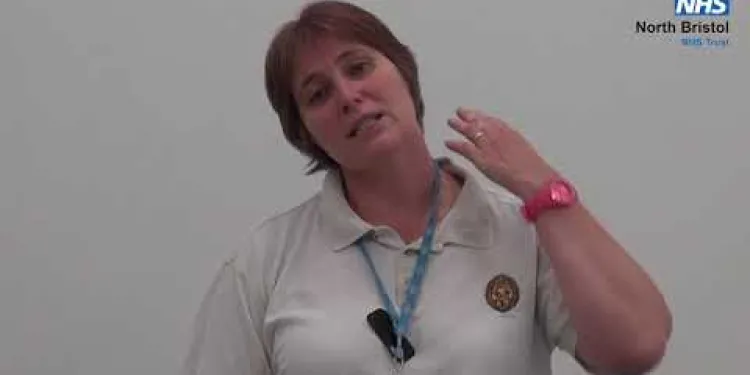
Neck Exercises
Relevance: 8%
-

What are Healthy Start vouchers in the UK?
Relevance: 8%
-
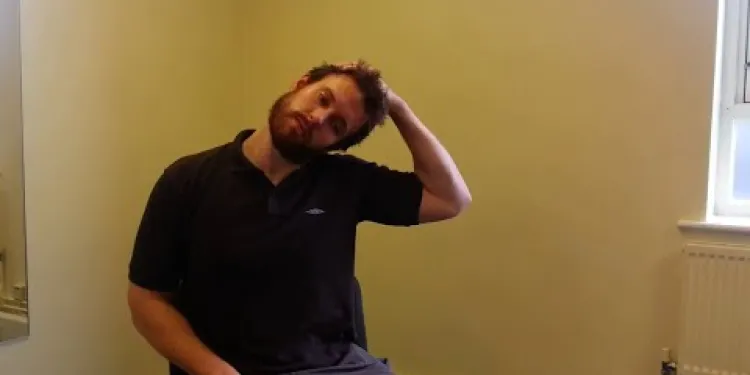
Neck Care Exercises
Relevance: 8%
-
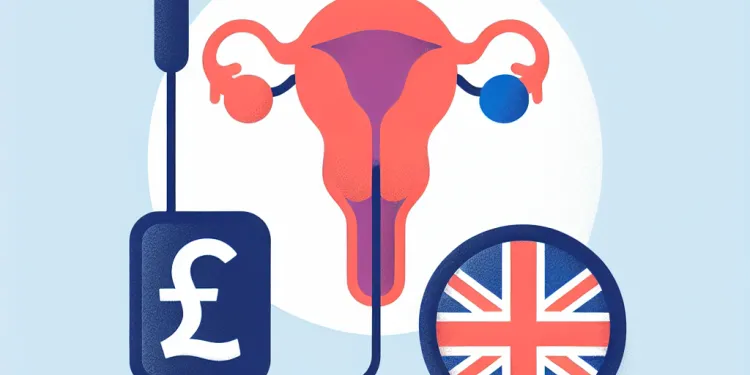
What is IVF?
Relevance: 7%
Understanding Frozen Shoulder Assisted Flexion
What is Frozen Shoulder?
Frozen shoulder, medically known as adhesive capsulitis, is a condition characterised by stiffness and pain in the shoulder joint. Over time, the shoulder becomes increasingly difficult to move. It typically develops slowly and worsens over 1 to 3 years. In the United Kingdom, frozen shoulder is most common among individuals between the ages of 40 and 60 and affects women more often than men.Symptoms and Diagnosis
The key symptoms of frozen shoulder include stiffness, pain, and limited range of motion in the shoulder. These symptoms often develop in three stages: 1. **Freezing stage**: Pain occurs with any shoulder movement. 2. **Frozen stage**: Pain may begin to diminish, but the shoulder becomes stiffer. 3. **Thawing stage**: Range of motion in the shoulder begins to improve. Diagnosis generally involves a physical examination and may include imaging tests like X-rays or MRI to rule out other issues.Assisted Flexion Exercises
Frozen shoulder treatment often focuses on relieving pain and preserving mobility. Assisted flexion exercises can be particularly beneficial. These exercises involve using the non-affected arm or assistance from another person or device to help move the affected shoulder. Here are some recommended steps: 1. **Pendulum Exercise**: Stand and lean over slightly, letting the affected arm hang down. Swing the arm in small circles and gradually increase the circle size. 2. **Cross-Body Reach**: Use the non-affected arm to lift the affected arm at the elbow, bringing it across your body to stretch the shoulder. 3. **Assisted Flexion**: Lie on your back with your legs extended. Use a stick or pole held in both hands to lift the affected arm over your head slowly.Medical Interventions and Therapy
For many individuals in the UK, a combination of physical therapy and medication helps manage frozen shoulder. Non-steroidal anti-inflammatory drugs (NSAIDs) can reduce pain and swelling. Corticosteroid injections may also be recommended to decrease inflammation and improve range of motion temporarily. Physical therapy is essential for recovery. A licensed physiotherapist can design a tailored exercise program, including assisted flexion exercises, to enhance shoulder mobility and function.Preventing Frozen Shoulder
Preventing frozen shoulder can be challenging, particularly if you've had a previous injury or surgery. However, keeping the shoulder joint active and mobile through regular exercise can help. If you experience shoulder stiffness or pain, early intervention with stretching and strengthening exercises can prevent progression.Conclusion
Frozen shoulder is a debilitating condition that can significantly impact quality of life. However, with proper diagnosis, treatment, and exercises like assisted flexion, many individuals in the UK can regain shoulder function and reduce discomfort. It is always advisable to consult healthcare professionals for a personalised treatment plan. By staying proactive and engaged in therapy, you can better manage and potentially overcome this condition.Understanding Frozen Shoulder Helped Movements
What is Frozen Shoulder?
Frozen shoulder is when your shoulder hurts and is hard to move. It is also called adhesive capsulitis. It gets worse slowly and might take 1 to 3 years to improve. In the UK, people aged 40 to 60, especially women, get it more often.Signs and Finding Out
Frozen shoulder makes your shoulder stiff and painful. It can happen in three steps: 1. **Freezing stage**: It hurts when you move your shoulder. 2. **Frozen stage**: The pain may get better, but the shoulder is stiffer. 3. **Thawing stage**: You start to move your shoulder better. To find out if you have it, doctors will check your shoulder. They might do special scans like X-rays.Helped Movements Exercises
To treat frozen shoulder, we focus on relieving pain and keeping the shoulder moving. Exercises where you help your shoulder move are good. 1. **Pendulum Exercise**: Stand and lean forward. Let your sore arm hang. Move it in small circles slowly getting bigger. 2. **Cross-Body Reach**: Use your good arm to help lift your sore arm and stretch across your body. 3. **Helped Flexion**: Lie down and use both hands on a stick to lift your sore arm over your head.Medical Help and Therapy
In the UK, medicine and special exercises work together to help frozen shoulder. Pain creams or pills can help. Sometimes, injections help reduce swelling and make moving easier. Seeing a physiotherapist is really helpful. They make exercise plans to help you move better.Stopping Frozen Shoulder
It's not always easy to stop a frozen shoulder, especially if you hurt it before. Keep your shoulder moving with regular stretching and exercise. If your shoulder starts to hurt, early exercises can stop it from getting worse.Conclusion
Frozen shoulder can make life hard because it hurts and limits movement. But with the right help, exercises, and advice from doctors, you can feel better and use your shoulder more. Always talk to doctors for the best care plan. Keep doing your exercises and treatments to manage it well.Frequently Asked Questions
What is a frozen shoulder?
A frozen shoulder, also known as adhesive capsulitis, is a condition characterized by stiffness and pain in the shoulder joint.
What causes a frozen shoulder?
The exact cause of a frozen shoulder is not fully understood, but it can occur after an injury or surgery, or it may develop gradually for no apparent reason.
Who is most at risk for developing a frozen shoulder?
Individuals between the ages of 40 and 60 are most commonly affected. Additionally, people with diabetes and those who have experienced prolonged immobility are at higher risk.
What are the symptoms of a frozen shoulder?
Symptoms include pain and stiffness in the shoulder joint, which can lead to reduced range of motion.
How is a frozen shoulder diagnosed?
A frozen shoulder can be diagnosed through a physical examination and medical history. Imaging tests like X-rays or MRIs may also be used to rule out other conditions.
What is assisted flexion for a frozen shoulder?
Assisted flexion is a technique used to increase shoulder mobility by having a therapist or caregiver help move the arm to stretch the joint gently.
Can I perform assisted flexion exercises at home?
Yes, but it is recommended to do so under the guidance of a physiotherapist to ensure the exercises are performed correctly and safely.
What are the benefits of assisted flexion exercises?
Assisted flexion exercises can help improve range of motion, reduce pain, and speed up the recovery process for a frozen shoulder.
How often should I perform assisted flexion exercises?
The frequency of exercises will depend on the individual case, but generally, they should be performed several times a week as recommended by a physiotherapist.
Are there any risks associated with assisted flexion exercises?
When done correctly, assisted flexion exercises are generally safe. However, improper technique can lead to further injury or pain.
How long does it take to recover from a frozen shoulder?
Recovery time can vary; some people may recover within months, while others may take up to a few years.
Are there any other treatments available for frozen shoulder?
In addition to physical therapy, treatments can include pain relievers, anti-inflammatory medications, corticosteroid injections, and in some cases, surgery.
Can lifestyle changes help manage a frozen shoulder?
Maintaining an active lifestyle, practicing good posture, and performing daily stretching exercises can help manage symptoms and improve recovery.
How can I prevent a frozen shoulder from recurring?
Preventive measures include regular exercise, avoiding prolonged immobility, and managing underlying conditions such as diabetes.
Should I seek medical attention for a frozen shoulder?
Yes, it's important to consult with a healthcare professional if you experience persistent shoulder pain or stiffness to receive appropriate diagnosis and treatment.
What is a frozen shoulder?
A frozen shoulder is when your shoulder hurts a lot and it is hard to move.
Here is how you can get help:
- Ask a doctor or nurse for advice.
- Use a warm cloth or ice on your shoulder to feel better.
- Try gentle exercises to help your shoulder move.
A frozen shoulder means your shoulder feels very stiff and hurts. It is also called adhesive capsulitis.
Some ways to help include gentle stretches, using a heat pack, or talking to a doctor. There are also exercises and physiotherapy that can help.
Why does a shoulder get stuck?
We don't know exactly why a shoulder gets frozen, but it can happen after you hurt yourself or have an operation. Sometimes, it just happens slowly for no clear reason.
Who can get a frozen shoulder?
People who are between 40 and 60 years old often get this problem. People with diabetes and those who haven't moved a lot for a long time are more likely to get it too.
What happens when you have a frozen shoulder?
A frozen shoulder can make your shoulder hurt and hard to move. Here are some things you might feel:
- Pain in your shoulder.
- It's hard to lift your arm.
- Your shoulder feels stiff and tight.
If you're finding these things happen to you, talk to a doctor. They can help. Some people use tools like heat packs or do easy exercises to feel better.
Here are signs you might notice:
- Your shoulder hurts.
- Your shoulder feels tight and hard to move.
This can make it tough to move your shoulder like before.
How do doctors find out if someone has a frozen shoulder?
A doctor can find out if you have a frozen shoulder by checking how you move and asking about your health history. They might also use pictures, like X-rays or MRI scans, to make sure nothing else is causing the problem.
What is helped movement for a frozen shoulder?
A frozen shoulder is when your shoulder is stiff and hard to move.
Helped movement is when someone or something helps you move your shoulder to make it better.
You might need help from a doctor, therapist, or special tools.
Moving your shoulder carefully can make it less stiff over time.
Always talk to a doctor or therapist before trying new exercises.
Assisted flexion is a way to help your shoulder move better. A therapist or helper moves your arm to stretch it gently.
Can I do flexion exercises with help at home?
Yes, you can do these exercises at home!
Here are some tips to help you:
- Ask someone to help you with the exercises.
- You can watch videos that show how to do the exercises.
- Set a timer to remind you when to exercise.
- Use a chair or wall for support if you need it.
Yes, you can. But it is best to have a physiotherapist help you. They can show you how to do the exercises the right way and safely.
Why are exercises that help you bend your joints good for you?
Exercises that help you bend your joints can make you feel better. Here are some reasons why they are good:
- They help your joints move better.
- They can make your muscles strong.
- They stop you from getting stiff.
- They can help with pain.
If reading is tricky, try using tools like text-to-speech. Ask someone to read with you, or explain the words. Keep practicing, and you'll get better.
Doing special exercises can help your shoulder move better. These exercises can also make the pain go away and help your shoulder get better faster. These are good for when your shoulder feels stuck.
How often should I do bending exercises with help?
How often you do the exercises depends on you. A physiotherapist will usually say to do them a few times a week. A physiotherapist is someone who helps people move better.
Are assisted bending exercises safe?
Assisted bending exercises can be safe, but talk to a doctor or therapist first.
Here are some tips to stay safe:
- Go slow and be gentle with your body.
- Use soft supports like cushions or towels.
- Stop if you feel pain.
- Ask a therapist or friend for help.
Doing exercises with help can be safe if you do them properly. But if you do them wrong, you might get hurt or feel pain.
How long to get better from a frozen shoulder?
Getting better can take different times. Some people feel better in a few months. For others, it can take a few years.
What other ways can help with a frozen shoulder?
A frozen shoulder hurts and is hard to move. Here are simple ways to help:
- See a Doctor: A doctor can tell you what to do.
- Do Exercises: Moving your shoulder gently can help. A physiotherapist can show you how.
- Heat or Cold Packs: You can use warm or cold packs to feel better.
- Medicine: Pills can help with pain and swelling. Ask a doctor or pharmacist.
- Surgery: Sometimes, a doctor might suggest surgery if nothing else works.
Tools and Help:
- Ask someone to help you with the exercises.
- Use videos or pictures to see how to do exercises.
- Use a calendar to mark your exercise days.
Remember, it is good to talk to a doctor about your shoulder.
Along with exercises that help your body, treatments can also include medicines that take away pain, medicines that help stop swelling, special injections that reduce pain and swelling, and sometimes, surgery.
Can changing how you live help with a frozen shoulder?
Keep moving, stand up straight, and stretch every day. This can help you feel better and recover faster.
How can I stop my shoulder from freezing again?
To stay healthy, try to do these things:
- Exercise often. Moving makes your body strong.
- Don't sit or stay in one place for too long.
- If you have health problems like diabetes, ask a doctor how to take care of it.
It's important to keep moving and take care of your health!
Do I need to see a doctor for a frozen shoulder?
A frozen shoulder can be very painful and stiff. It can be hard to move your arm. If your shoulder hurts a lot or you can't move it, it is a good idea to see a doctor. They can help you feel better.
It can be helpful to:
- Ask someone you trust to go with you to see the doctor.
- Write down your questions to ask the doctor.
- Use pictures or drawings to show where it hurts.
Doctors can give medicine or show exercises to help move your shoulder again.
If your shoulder hurts a lot or feels stiff, it is a good idea to talk to a doctor. They can help find out what's wrong and make it better.
Useful Links
- Ergsy carfully checks the information in the videos we provide here.
- Videos shown by Youtube after a video has completed, have NOT been reviewed by ERGSY.
- To view, click the arrow in centre of video.
- Most of the videos you find here will have subtitles and/or closed captions available.
- You may need to turn these on, and choose your preferred language.
- Go to the video you'd like to watch.
- If closed captions (CC) are available, settings will be visible on the bottom right of the video player.
- To turn on Captions, click settings .
- To turn off Captions, click settings again.
More Items From Ergsy search
-

Frozen Shoulder Assisted Flexion
Relevance: 100%
-

Frozen Shoulder Assisted Abduction
Relevance: 67%
-

Frozen Shoulder Assisted Lateral Rotation
Relevance: 64%
-

Frozen Shoulder Anterior Shoulder Stretch
Relevance: 53%
-

Frozen Shoulder Lateral Rotation
Relevance: 51%
-

Frozen Shoulder Scapular Setting
Relevance: 51%
-

Frozen shoulder Pendular Exercises
Relevance: 50%
-

Frozen Shoulder Isometric External Rotation
Relevance: 47%
-

Shoulder pain | NHS
Relevance: 34%
-

Shoulder pain | NHS
Relevance: 34%
-

Shoulder subacromial shoulder pain
Relevance: 29%
-

Shoulder pain | NHS
Relevance: 29%
-

Shoulder Exercises 1
Relevance: 28%
-

DBTH VFC DISLOCATED SHOULDER
Relevance: 27%
-

Unfreezing the Truth The UK's Frozen Pensions
Relevance: 25%
-

Is there assistance available for rent or mortgage payments?
Relevance: 16%
-

Do live-in caregivers assist with transportation?
Relevance: 15%
-

Can inmates access legal assistance?
Relevance: 15%
-

What legal assistance is available to seniors?
Relevance: 15%
-

Can community helpers receive financial assistance?
Relevance: 15%
-

Are there any financial assistance programs for mobility equipment?
Relevance: 14%
-

What housing assistance options are available for seniors?
Relevance: 14%
-

Are there any food assistance programs available for seniors?
Relevance: 14%
-

Is there a phone number I can call for assistance with my application?
Relevance: 14%
-

How can community helpers access emergency assistance?
Relevance: 14%
-

Are there specific vehicle features that assist older drivers?
Relevance: 14%
-

What assistive devices can help people with motor neurone disease?
Relevance: 13%
-

How can a property litigator assist in lease disputes?
Relevance: 12%
-

Is there any assistance for those who cannot work up to the new state pension age?
Relevance: 11%
-

What can I buy with Healthy Start vouchers?
Relevance: 10%
-

What types of blood products can be transfused?
Relevance: 9%
-

Do chiropractors only treat the spine?
Relevance: 9%
-

What is plasma, and why might it be transfused?
Relevance: 9%
-

What is the role of a healthcare assistant on the path to becoming a nurse?
Relevance: 9%
-

How do senior employment programs assist older adults?
Relevance: 9%
-

How is the sperm used in IVF?
Relevance: 9%
-

Neck Exercises
Relevance: 8%
-

What are Healthy Start vouchers in the UK?
Relevance: 8%
-

Neck Care Exercises
Relevance: 8%
-

What is IVF?
Relevance: 7%


